“I think I’m kind of a drug addict for image and sound coming together! I’m always putting images to sound and getting high”: An interview with Hlynur Pálmason, director of Godland

Cannes’s Un Certain Regard section is always full of insider tips and festival highlights. It presents unconventional forms of narrative and stylistic experimentation, and one of the films that stood out in the 2022 showcase was a feature with two titles: Vanskabte Land/Volaða Land, both translating to Godland. The Danish-Icelandic co-production seeks to explore the relationship between the two countries by joining a priest on his quest to know land and people.
The Upcoming spoke to director Hlynur Pálmason about his eight-year-long process to make the film, and the intoxicating smell of volcanoes.
Your film explores both Danish and Icelandic identities – it even has two titles!
Yes, I am sort of like Ida, the character – I’m sort of half. I was born and raised in Iceland; I studied and had children in Denmark. Then we moved back to Iceland. So it’s kind of like a blend.
The film is very much about, I think, opposites. And it started out very naive, like, you have a red colour flag, you have a blue colour flag, you have a guide that seems like he’s born through the earth, and you have idealist priest: a young, ambitious, modern priest, who comes from Denmark.
So you have all of these contrasts and I was very interested in seeing what would happen if I put them together, like different languages, different landscapes. The landscape in Denmark is totally flat, with trees, and Iceland has mountains, etc.
And the language also is very different, and I was playing with putting these things and these opposites together. The film does that from the beginning and throughout the whole film.
That was at least one of the drives for me to want to make it. But it has also has a historical meaning; it is a period film, it happens around 1870.
And we have a long history with Denmark, Iceland. Not that long ago, only like World War II, we were under the Danish crown. But we also have a good relationship with Denmark, it’s not like we have war or anything like that. It’s not always so dramatic. I mean, sometimes it’s subtle.
I don’t even know if an international public watches the film, if they hear the difference in the language. The reaction is very different, because I talked to someone from Wales – she heard clearly – and if I talk to a Dane in Iceland today, of course, but for most, I don’t know if they can hear the difference.
What was it like to shoot in those beautiful locations? These are not places we see very often.
I’m happy to hear that. That’s basically my hometown. It’s where I come from and where I moved back to. It is in the southeast coast of Iceland, which is a big area, a very vast area, but there are very few people that live there. I live in a town of 2000 people, and you have to drive two hours to the next town, and it’s even smaller. It’s even less than small.
So, basically, I’m shooting in the places that I grew up in. The seasonal scenes with Lucas – that is where we pick mushrooms, and the horse that is rotting is my father’s horse, and it’s rotting on the land beside my father’s farm.
So everything is very familiar, to me. And we’re not trying to portray these very known places, like Glacier Lagoon or the places you see on postcards. We’re trying to portray the places in between – like, where are you travelling from this place to this place? Then we’re filming the travelling places.
Since these are all natural locations, how did you shoot the volcano?
Yeah, it’s real. I wrote the volcano in the script in 2014, and they asked me, “How are you going to get a volcano?”
And it just happened, like, two months before shooting. We were just really lucky. I don’t know how I would have done it without the volcano, because it was always written as the sort of the image that we cut to from his last breath, you know? So it was a crazy surprise.
It was an insane experience to do it, actually. And the lava – the smell of the lava is the best thing I have ever smelled in the world.
Doesn’t the priest in your film say that it’s horrible?
Oh, no, yeah, but that’s the gases that come sometimes, when you’re far away.
But if you go down to the crater, where we were filming, you can smell the liquid Earth basically. It smells really sweet, and… yes, it’s the best smell I’ve ever smelled. And you get a little bit high. So we were there filming the whole day into the night. And we were so tired, we had so much equipment to carry. And we were all a little bit high. It was a crazy experience.
We all got a bit burned, because it was so warm. But the volcano erupted and we immediately drove there. It was so fresh, it was so new; it had just started. It’s not always possible, because many times it’s in the glacier, and it’s impossible to get there. But this one was like a friendly volcano – extremely people-friendly.
The opening text in your film states that it was inspired by actual photographs that were found. How much is known about the real journey behind those photographs?
It is completely my making. It’s completely fiction; it was something that I created for myself to write it, because I was thinking a lot about what kind of photos did he actually make? Who are these people he portrayed? And what was the situation around each photo? Like where it was taken? What was the background? Who was he with? Was he with them alone? Or were they in the company of many? All of these things were, like, a huge drive for me to write it. It kind of made it more exciting. So I kind of made that fiction or lie for me, for myself to write it. And I told everybody this lie, also my cast and crew. My financiers and I forgot to tell them that it was a lie – for a long time actually, some of them, but it was fiction. It’s part of the fiction. It is a fiction film.
The soundscape of each environment is very tangible in Godland. Can you tell us a little bit more about your choices in sound design?
Yes, the sound is extremely important. What was really interesting – or what was a surprise for me with this film – was that the film before, A White, White Day, had a wide format. It was shot on Super 35, and I knew [for Godland] I wanted something else. So I tried different formats for a long time and I found this old Academy format, which is 1.33:1. You take this part of the frame out; what that does is that it hides part of the image. But it also creates the possibility of a large space to put sound. I actually found that extremely satisfying in the sound world to hear what’s going on over here and here, where you don’t see it.
But the sound process starts very early for me: we record a lot of sounds – like many years before – and we always try to have sound incorporated in the script. It’s probably one of the things that we spend most of our time on. I think it’s really tricky and difficult to get it right.
And it’s almost never, right, because each time you show it the cinema is a little bit different from what you mixed. It’s close, but… Well, it was really nice, seeing it here, because it’s a much bigger room than I’m used to. There’s extra space and extra echo. It kind of worked very well with this film. So I was pleased, showing it here. It was really nice.
Why do you prefer to shoot on film?
Many reasons. I think the film format fits me very well – just, sort of, the latitude of the film: if we’re filming out here, and it’s really sunny, and I’m shooting a very long scene, and suddenly, while we’re shooting, the sun goes down and it becomes very dark… There is so much latitude in film that it’s easy for it to get information in the darks and the highlights. And it doesn’t kill the highlights. So the film format for me is so good at capturing long takes that change.
That’s one reason. But I also just get emotionally stimulated by the film – by the negative, by the colour, by the sort of magic of it. There are many other reasons, but those are at least two that come to mind.
Lucas is quite an interesting character, in the way that he wants to meet people and he wants to know Iceland, but he is almost incapable of it. Even riding the horse, he can’t do it properly, which is almost symbolic of his journey.
Yeah. I think it’s like when you’re a foreigner – you don’t know how things work. And you probably shouldn’t think you know.
Pride is definitely part of it. I mean, arrogance is very infused in these opposites, I think, because religion was power and money – it had what companies have today. There’s a certain hierarchy in that. And I think the Danes definitely looked down on the Icelanders at a certain time in history. They don’t anymore, but there was a time it was like that, and if you read the notes or the diaries by seafarers, for example, people between the countries during that time, you see that. People tended to think they were – like Danish captains, boat members, sailors – I mean, if you read those texts, they find the Icelanders smelly and ugly and wearing ugly clothes. They were probably right. I’m not taking sides; I like that both sides have flip sides, or both sides have good qualities and negative things. I don’t want Denmark to be this oppressor. No, I don’t like that. I like that they have both sides and I think they always do. I like to think that way.
Religion is an important theme throughout the film. Do you consider yourself a religious person?
I was brought up with a sort of childish belief system, like in the Lutheran church. But I’ve never like… Yes, I believe that there are things that we do not sense are there; I believe that we don’t sense everything that’s going on around us. I feel that very strongly, and I see that very closely. When you absorb nature, I mean, we are not capable of sensing everything that’s around us.
If you think about the wet plate photos in the film, even: they’re shot with this wet plate process, collodion, and they sense lights that we don’t see. They grasp the ultra lights that we don’t capture when we are looking. So there are a lot of things going on around us that we have no clue of. I believe that. But do I believe that there’s a God? I believe that we need to believe that.
Were the languages in the film adapted to fit the time period?
It’s more loose, but it’s a good question, because we did talk about that – like, how precise we should be. I wanted the dialogue to be more playful and not try to resemble an old way. Some of the songs that are sung are a little bit like that: they are very old songs, I didn’t try to modernise them. But there is a blend of modern and old songs, so it kind of blends, in a way, by itself. That was sort of our approach.
Watching Godland and your priest’s struggle, Henrik Ibsen’s Brand immediately came to mind. Was this play an influence for you? Did you have any references making this film?
No, I didn’t really have anything specific. With this one, it was more like there were all kinds of small things – very different things: modern, old, new. No, Ibsen wasn’t there. But I remember one quote from an Icelandic writer – maybe he’s quoting someone else, but it was something I used a lot for Lucas, and it went something like, “And here you are abandoned. Abandoned by everyone, except God. But God doesn’t exist.”
That was what I wanted us to feel, when he’s laying there in the middle of the film. There were things like this that triggered and that inspired me a lot, but they were very fragmented – never one piece, more like a sentence or a word.
I have another example, for when Ragnar has this long monologue: “Pray for me, pray for me, pray for me”. And he sort of opens up and tells the priest all of the things he thinks he might have done wrong. That was inspired by Leonard Cohen.
Did you always want to make films?
Since I was 13. I think, when I was 13, I got really serious. I think it’s because I’m very much interested in the process of making things – I love making things. You know, whether it’s a treehouse, or a film, I love constructing things.
Even in your film, your protagonist is constructing.
Yeah, there’s always someone constructing something in my films. I love it.
I think I’m kind of a drug addict for image and sound coming together! I’m always putting images to sound and getting high, if it works, and I also love the process of it not working. I love trying to get it to work, the creative conflict and process of it – I really enjoy it. That’s what I try to have in my daily life.
You cast your daughter again in this film, and she seems to be really growing as an actress.
Yes, I think she’s having a lot of fun. I mean, she’s a horse girl; she’s competing in horses, I think that is sort of her heart. She hasn’t acted in anything else, other than my films. She has been asked, but we haven’t really found anything. I think she should definitely do it, if she wants to; if it’s something worth exploring, I think it’s great.
But she’s just grown into a very beautiful, bright, funny, young woman – it is really great and she portrays that so naturally in the films, I think.
I mean, I know her very well, so it’s easy for me to write for her. And it’s so effortless for her performing it that I get blown away each time. I think she’s just really good, to be honest.
You mentioned earlier that you started to work on this project in 2014. How labour intensive was it? Did you have longer breaks in between shooting?
Yeah, absolutely. I mean, we didn’t have a lot of financing. I started filming a lot of things before we got financed, so we tried to have a couple of things going on parallel. We used the money on all of the things just to survive and film a little. And we didn’t know what film gets financed, or how we get financed, or even if we get financed. So, yeah, I always have to have parallel things; some are films, some are installations, some are paintings, some are photo series – it’s very different. And I never know exactly what it’s going to be, because this film is also a video installation with the horse and it’s a couple of different things. I’m still filming the horse now . I don’t know when that will be done – maybe in two or three years.
So it is also a preference of yours to take your time, to work at a slower pace?
Yeah, I like that very much. I would even do it slower if I could, but it’s hard to slow down time. It’s really hard. I think time goes really fast for me, especially here in Cannes – oh my god! It’s crazy.
I like slowing down. I can see it on my children – they are growing really fast; everything is going so fast, I think it’s crazy. And the older generations say that it just gets worse, everything goes faster and faster each year. Someone told me, “Don’t worry, you’ll see a couple of thousand sunsets before you die.”
How was the pandemic for you then? That kind of slowed things down for many of us?
Yeah. I mean, I really shouldn’t whine about it, because I live so isolated. I really didn’t feel it that much. I feel so sorry for people that have been going through shit, being in big cities. But I really can’t – and should not – complain, because I was kind of far away, and it was kind of a natural isolation. We did get Covid eventually, but we got it very late. It took a long time to get there but it got there.
But I know that people had a hard time so my small problems are nothing compared to that.
Selina Sondermann
Godland (Vanskabte Land/Volaða Land) does not have a UK release date yet.
Read our review of Godland (Vanskabte Land/Volaða Land) here.
Read more reviews from our Cannes Film Festival 2022 coverage here.
For further information about the event visit the Cannes Film Festival website here.
Watch a clip from Godland (Vanskabte Land/Volaða Land) here:

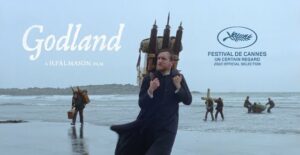
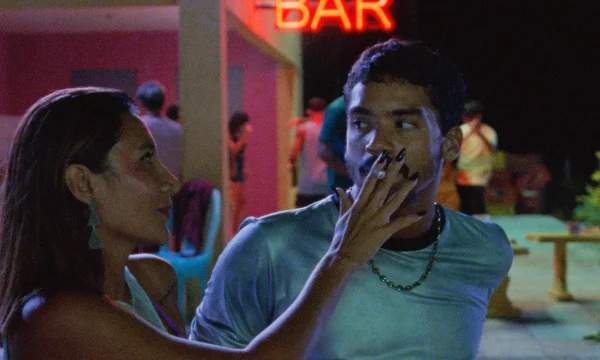
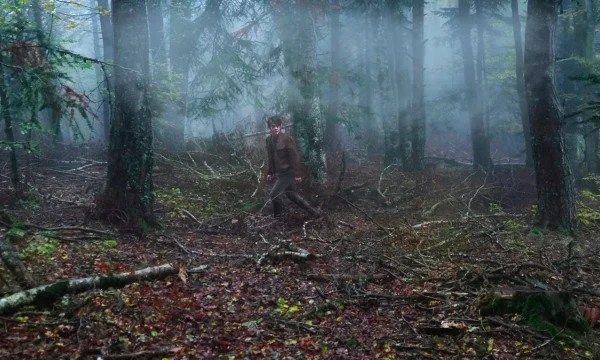
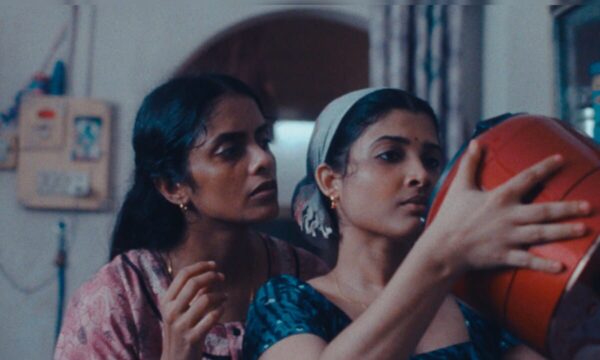
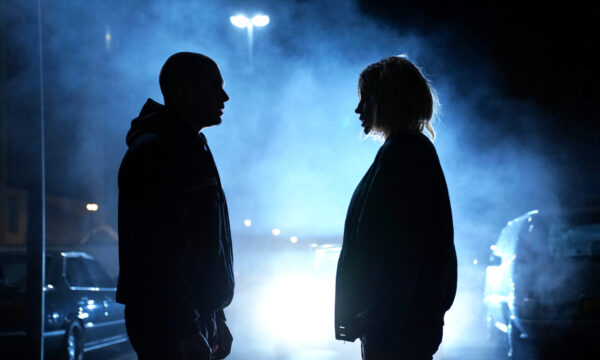
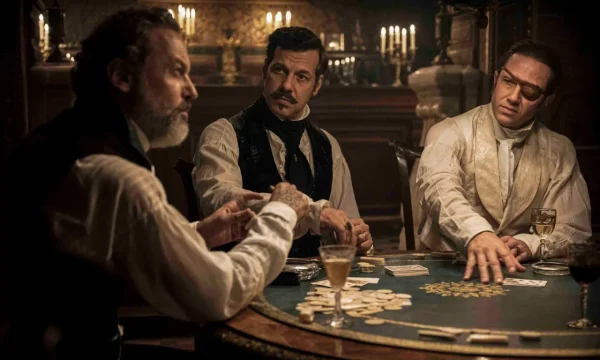
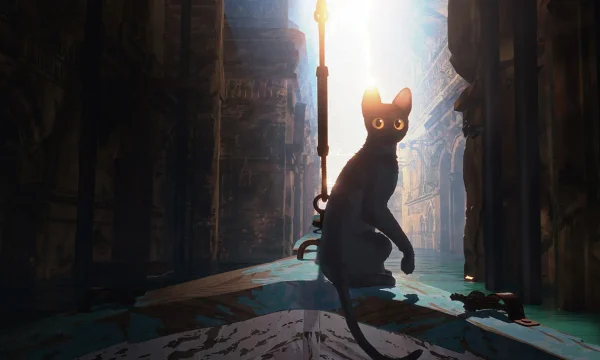
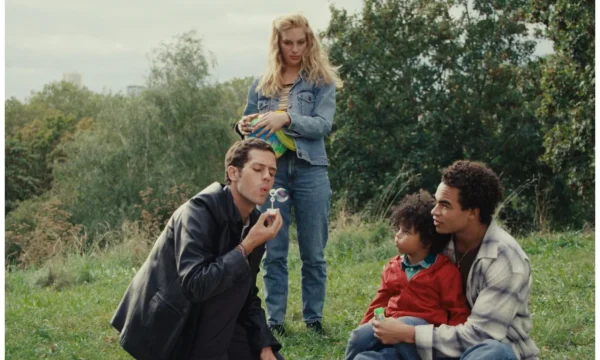
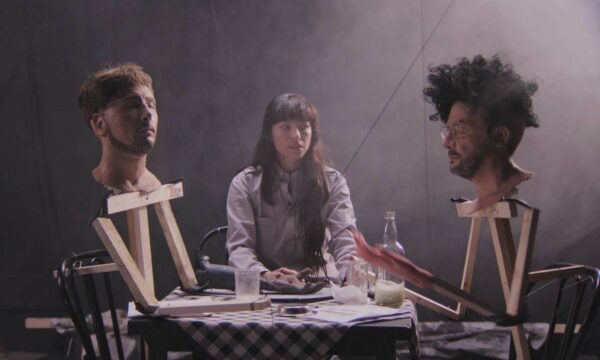
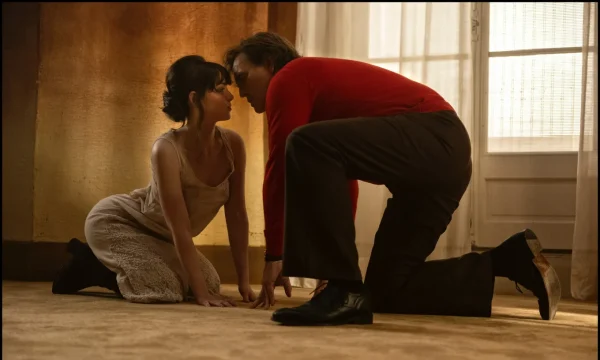
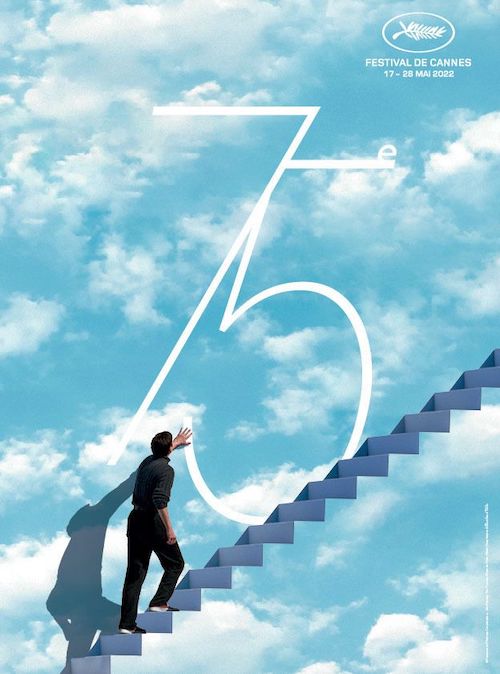





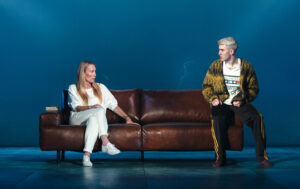


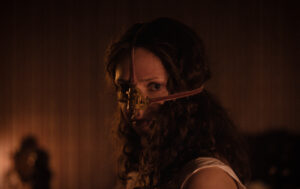




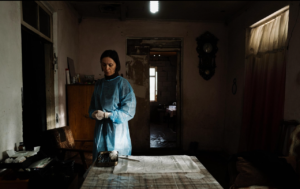
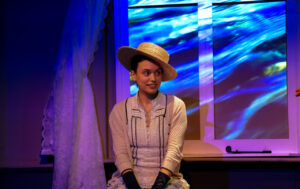
Facebook
Twitter
Instagram
YouTube
RSS